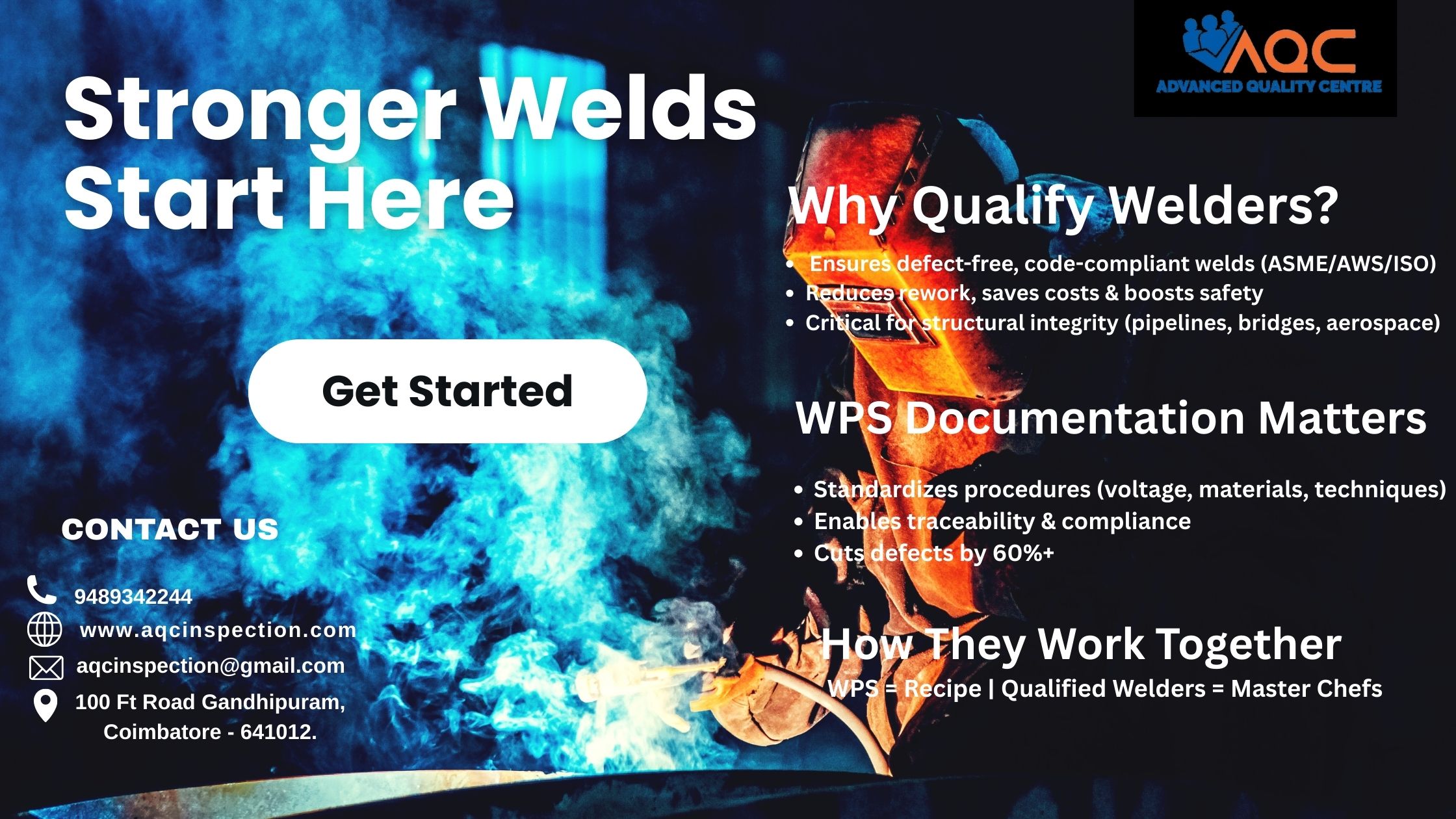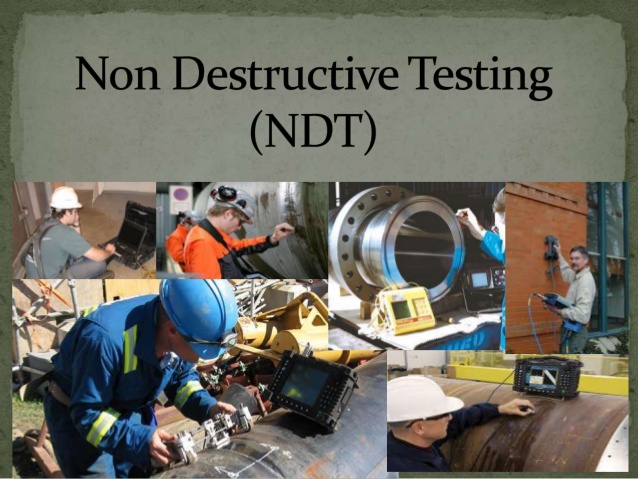What is Laser Welding?
Laser welding process is a technique that utilizes a concentrated beam of light, or laser, to fuse materials together. The intense heat from the laser beam melts the base materials, which, upon cooling, create a strong and durable bond. This process is effective for various materials, including metals and plastics, and is especially valued for its capability to weld thin sections.
The Cutting Edge of Manufacturing: Exploring Laser Welding
In today’s fast-paced manufacturing world, laser welding has become a transformative technology. This sophisticated method provides remarkable precision, efficiency, and adaptability, making it a top choice for many industries. Let’s explore the fundamentals of laser welding, its benefits, applications, and what the future holds.
Advantages of Laser Welding
- Precision and Control: A standout feature of laser welding is its accuracy. The focused beam results in minimal heat input, lowering the risk of warping or distortion in the welded materials.
- Speed and Efficiency: This method significantly speeds up production. The rapid welding process can boost throughput while cutting down on labor costs.
- Versatility: Laser welding can be applied in numerous fields, from automotive and aerospace to medical device manufacturing. It effectively handles complex geometries and thin materials, which can be challenging for traditional welding methods.
- Minimized Heat Affected Zone (HAZ): The concentrated heat reduces the area impacted by heat, preserving the structural integrity of the materials being joined.
- Automation and Integration: Laser welding systems can be easily integrated into automated production lines, enhancing productivity and ensuring consistent quality in large-scale manufacturing.
Applications of Laser Welding
Laser welding is making significant inroads in several industries:
- Automotive Sector: It is commonly used for welding components like chassis, fuel tanks, and body parts, providing strength while reducing weight, which enhances fuel efficiency.
- Aerospace: Precision and reliability are paramount in aerospace, and laser welding is utilized to join lightweight materials and intricate components.
- Medical Devices: The medical sector benefits from the accuracy of laser welding, especially for manufacturing implants and surgical instruments, where strength and sterility are critical.
- Electronics: In electronics, laser welding plays a crucial role in assembling components, where precise joints can prevent electrical malfunctions.
Future Outlook
The outlook for laser welding is bright as technology continues to evolve. Advances in laser types, such as fiber and disc lasers, are improving efficiency and expanding the range of weldable materials. Furthermore, research into integrating artificial intelligence and machine learning into laser welding processes could lead to even greater precision and flexibility.
Conclusion
Laser welding process is at the forefront of contemporary manufacturing, offering exceptional benefits in accuracy, speed, and versatility. As industries strive for innovative solutions to enhance efficiency and product quality, laser welding will undoubtedly remain a vital element in the future of fabrication.
Lazer Welding Machine

Types of Lazer Source :
- Fiber Lazer
- CO2 Lazer
- YAG Lazer (Yttrium Aluminum Garnet )
- LD (Lazer Diode) Semiconductor
For purchasing of Lazer Machine form Lazer Welding machine manufacturer and consumables, Lazer Welding Procedure qualification WPS / PQR approval and Lazer welder qualification , please feel free to get in touch with our experts , at Advanced Quality Centre .
Please feel free to contact us through [email protected], [email protected], https://aqcinspection.com .
Visit our technical and career updates at our Blog site https://advancedqualitycentre.blogspot.com . or
https://ndtcenter.blogspot.com



